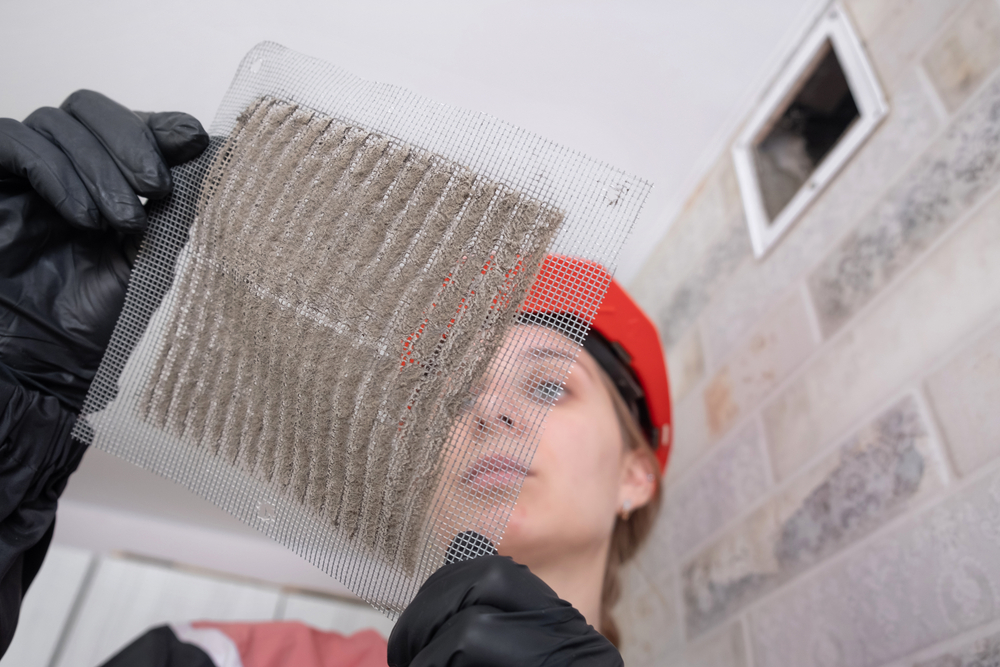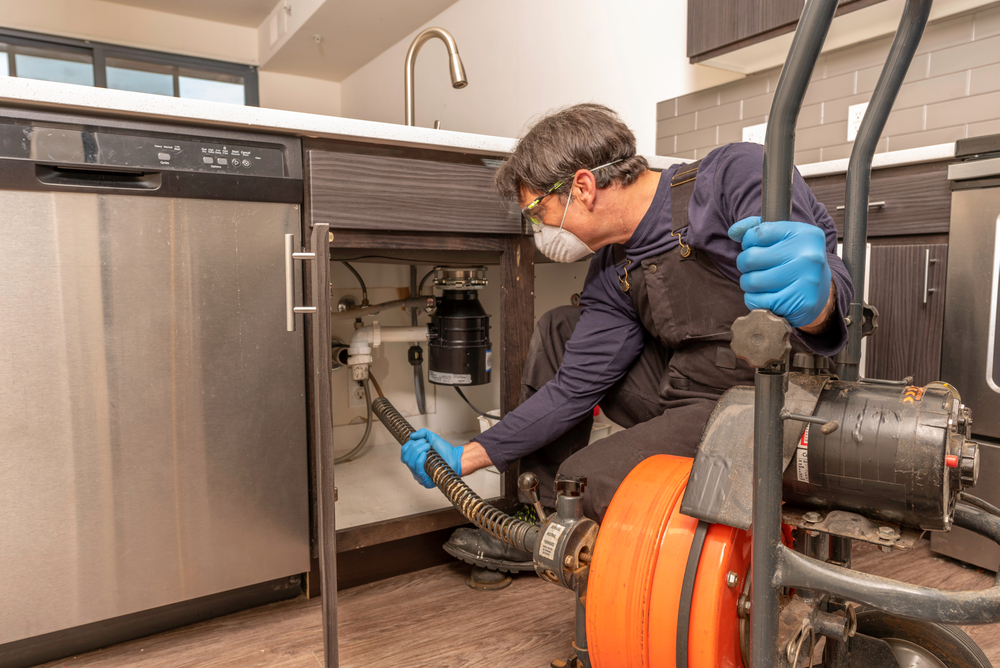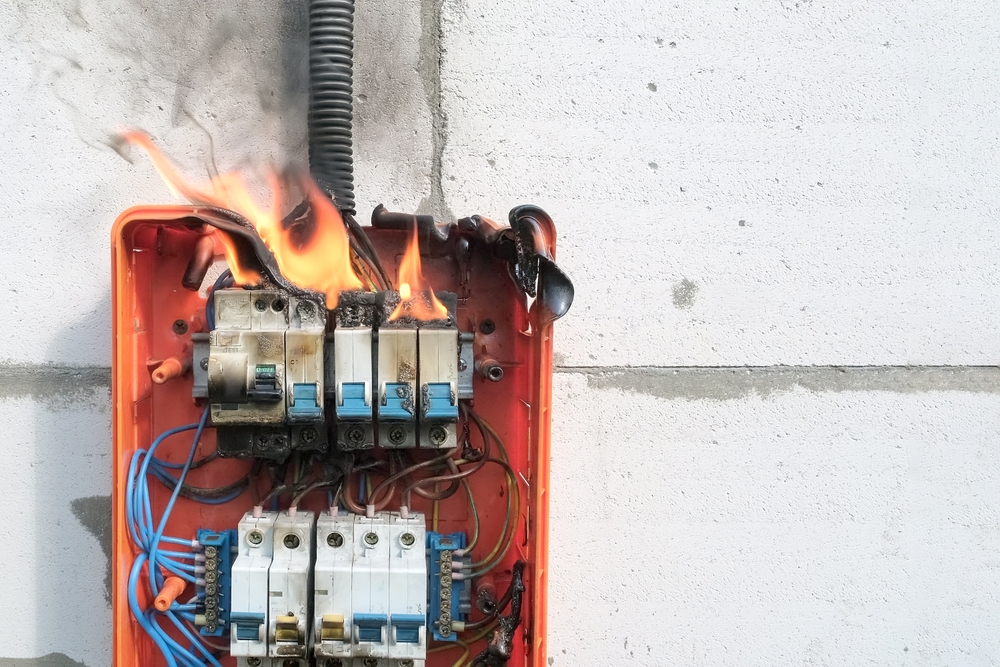Blog
How Can You Improve Indoor Air Quality in Your Home?

As air testing technology advances, homeowners are realizing the importance of improving indoor air quality in their living spaces. In fact, since it is more susceptible to pollutants like dust mites, mold, pet dander, and carbon monoxide, the air inside your home might be dirtier than the air outside. Poor indoor air quality can lead to asthma, allergies, or even respiratory disease.
In this article, we’ll help you avoid these health risks by providing actionable strategies to improve indoor air quality. A healthier home environment starts with knowledge, and we’ll outline some practical tips, long-term solutions, and emerging technology options you should know about to stay safe and informed.
So, how can you begin to improve indoor air quality in your home?
It starts with testing.
Assessing Your Indoor Air Quality
Poor air quality is an invisible yet serious health threat that can manifest itself in many ways. Are you experiencing cold symptoms – coughing, sneezing, and dizziness – that simply won’t go away? Perhaps you’ve noticed dust buildup, unusual odors, or uneven heating and cooling in your home. These may be signs of clogged air ducts or stagnant air due to poor circulation. They’re also common indicators of poor indoor air quality.
You can conduct indoor air quality tests at home to know for sure. For example, every home should have a carbon monoxide detector. Did you know you can also purchase and install digital air quality monitors that test for the presence of other toxins? These devices detect and measure multiple indoor air quality factors including humidity levels, air pollution particulates, formaldehyde levels, and volatile organic compounds (VOCs). Many local or online retailers also offer mold detection tests that can be performed using swabs or strips.
While DIY testing methods are convenient, they are often limited in their accuracy. For example, mold is everywhere—and some of it is harmless. What you think is mold causing your asthma might be a different pollutant entirely. That said, if you’re not confident in the results of your home testing, call an indoor air quality professional like T. Webber for a more accurate evaluation. Our precise technology and processes will help you better assess the air quality threat and determine your best course of action.
Immediate Actions to Improve Indoor Air Quality
If you’ve tested your indoor air quality and need to take immediate action, you have some practical options that you can explore before putting a long-term solution in place. It all begins with removing common air pollutants from your home—things like household cleaning supplies or other chemicals.
Where you go next is up to you, but here are some immediate actions you can take to improve indoor air quality.
- Enhance Ventilation: Start by opening your windows and letting fresh air in. You should also examine your air ducts and cooking vents for build-up of dust or grime.
- Utilize Home Air Purifiers: Purchase a home air purifier and place it in the most commonly used areas of your home. These devices eliminate irritants that trigger symptoms like coughing, sneezing, or runny noses. Air purifiers may not be able to remove all allergens completely, but they can significantly reduce their levels and the resulting symptoms.
- Control Humidity: Dehumidifiers should be installed in damp areas, like basements or bathrooms, to help control moisture levels and mold growth in your home. You can also run bathroom or kitchen exhaust fans to remove stale, humid air from your home. The ideal indoor relative humidity is between 30% and 50%.
- Incorporate Houseplants: Did you know certain indoor houseplants help purify your air? Chinese evergreens and snake plants, for example, increase oxygen levels and filter out pollutants from within your living space.
- Implement Better Cleaning Practices: Use hypoallergenic products to reduce dust and allergens during your cleaning routine. Clean your floor coverings, like carpets and rugs, as they are especially prone to harboring pet dander, dirt, and other particles.
- Reduce VOCs: Scented items, like candles and air fresheners, may smell good, but they might also contain harmful VOCs like formaldehyde and benzene. The same goes for some of your scented cleaning agents. Avoid these products when you can, and always practice safe chemical storage.
Long-Term Strategies for Sustained Indoor Air Quality Improvement
As important as it is to routinely utilize best practices for improved air quality, there are also long-term strategies you can take for sustained comfort and health.
- Home Improvements: Upgrading your HVAC system, sealing leaks, or installing dehumidifiers are all long-term steps you can take to improve and maintain your indoor air quality. Some companies offer advanced ventilation systems and smart building technology that provide automated control over managing indoor air quality.
- Regular Maintenance: HVAC systems are your home’s first line of defense against harmful irritants and pollutants, so they need to be regularly serviced and cleaned. Routinely clean your air filters and ducts before build-ups occur. An accumulation of dust or grime can lead to poor air circulation and, therefore, poor air quality.
- Lifestyle Adjustments: If you smoke, avoid doing so indoors. You might also consider switching to natural cleaning products or crafting products to reduce the level of harmful VOCs in your living space.
Leveraging Emerging Technologies and Innovations
Advanced filtration systems and smart air quality monitors are just two examples of some of the latest developments in indoor air quality technology. Indoor air quality monitors are becoming increasingly connected and can sync to your cell phone via Bluetooth for remote accessibility. They’re also being integrated into air purification and filtration systems at a manufacturing level, giving homeowners even more control and visibility – regardless of their location. Additionally, many of these devices incorporate artificial intelligence to report historical data trends which can be factored into air quality improvement strategies.
What’s Next?
Air pollution is on the rise—and so is our awareness of the importance of indoor air quality. Because we spend so much of our lives inside, we must spend that time healthy and comfortable. To that end, the indoor air quality experts at T. Webber hope you’ve found this article helpful. Together, we’ve learned how to assess and improve indoor air quality using DIY methods and the assistance of professionals.
We encourage you to implement these tips in your living space. Share your results with us and we’ll improve indoor air quality together!
Learn more about our indoor air quality services here.
FAQs
What are the quickest ways to improve indoor air quality in my home?
To quickly enhance indoor air quality, increase ventilation by opening windows, use air purifiers to filter pollutants, and thoroughly clean to minimize dust and allergens.
How often should I change the filters in my HVAC system and air purifiers?
Depending on usage and type, you should replace HVAC filters every 1-3 months and air purifier filters every 3-12 months.
Which indoor plants are best for purifying air?
Some of the best plants for purifying air include spider plants, snake plants, peace lilies, Chinese evergreens, and Boston ferns.
What are VOCs and how can I reduce them in my home?
Volatile Organic Compounds (VOCs) are hazardous gasses emitted from common household products. Minimize VOC exposure by selecting low-VOC paints/cleaners and ensuring proper ventilation when using such chemicals.
Is it worth investing in a professional indoor air quality assessment?
Yes! For suspected indoor air quality issues, or if a member of the household is displaying respiratory issues, a professional indoor air quality assessment is highly advisable. Experts can identify specific pollutants and recommend remediation strategies tailored to these more accurate readings.





